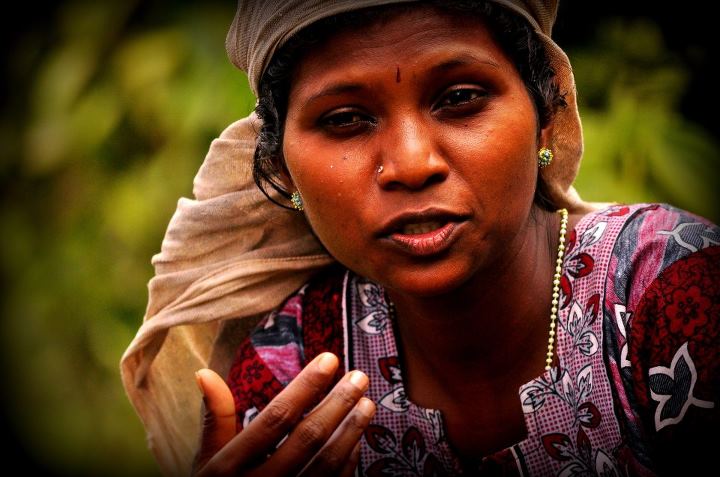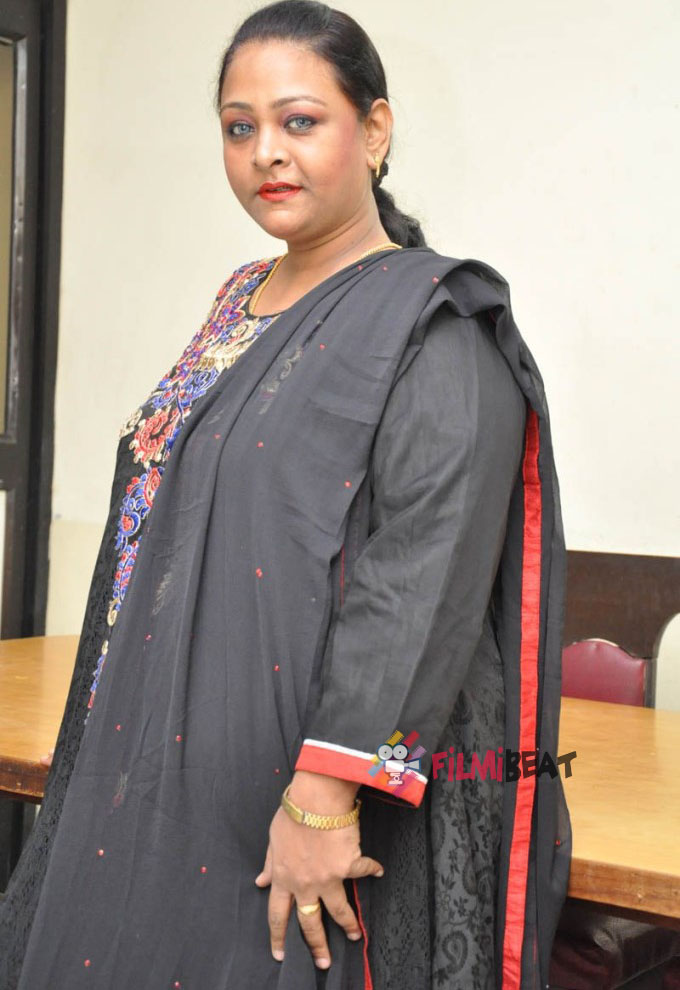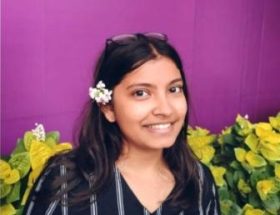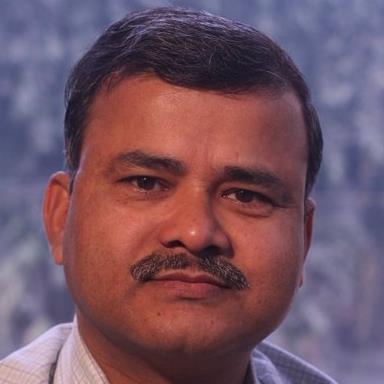Rupesh Kumar

As a documentary film maker, while working on Dalit stories and narratives, I have been completely in sync with the film, both as a participant and as a chronicler. In this article I want to note down some of my personal dilemmas while making my latest documentary – Sabitha, A woman and a Day. This film is about an Adivasi woman and both the categories of woman and Adivasi presented me with challenges that I had never anticipated.
 The first issue that we faced during the making of Sabitha, A woman and a Day was about our own position as the ‘creators’ of this documentary. We were faced with many questions regarding this. First of all, the viewing and documenting of an Adivasi woman’s life felt like an act of indulgence. More importantly, the political questions that we faced as Dalit men were entirely different from the socio-physical and cultural problems faced by an Adivasi woman. If so, how do we know how and where to place our camera? How do we gaze at the life of this woman? How do we interfere in her life?
The first issue that we faced during the making of Sabitha, A woman and a Day was about our own position as the ‘creators’ of this documentary. We were faced with many questions regarding this. First of all, the viewing and documenting of an Adivasi woman’s life felt like an act of indulgence. More importantly, the political questions that we faced as Dalit men were entirely different from the socio-physical and cultural problems faced by an Adivasi woman. If so, how do we know how and where to place our camera? How do we gaze at the life of this woman? How do we interfere in her life?

We tried to face this challenge by taking a conscious effort to face and accept ourselves as Dalit men, with all our ‘ignorances’ and ‘differences’. So we minimized our interference in this video and attempted to just go on a kind of journey with Sabitha. With this we thought that we could create an Adivasi visual text by presenting the Adivasi woman’s identity through visuals. This was in spite of the fact that we as the ‘authors’ of the video had visualized many of the scenes. However, we tried to identity with her life by spending a lot of time with her and being part of her daily routine. With this we thought we would at least reduce the ‘distance’ between us, if not the ‘difference’.
 Thus, in many ways, Sabitha, A woman and a Day is an interrogation of our Dalit male dominance and Dalit male gaze even as we are trying to visualize an Adivasi feminist’s life, though we feel we have not been very successful. In fact, we still believe that it will be a totally different, powerful and new movement when an Adivasi woman shoots her own life with the power of the camera and visuals.
Thus, in many ways, Sabitha, A woman and a Day is an interrogation of our Dalit male dominance and Dalit male gaze even as we are trying to visualize an Adivasi feminist’s life, though we feel we have not been very successful. In fact, we still believe that it will be a totally different, powerful and new movement when an Adivasi woman shoots her own life with the power of the camera and visuals.
Through out this documentary, we tried to render the power of this Adivasi woman by not interfering and defining her life with our narrations. So we gave more prominence for our visuals and kept shooting what she did. Thus this documentary became a journey with lots of unexpected deeds by Sabitha and we moved without any pre-planned script. This was also a hard ‘physical’ journey with this Adivasi woman, as she was so quick and agile in her movements, while we struggled to keep up with her and cope with the hot sun, the hills and the forest.
 We decided to shoot the maximum shots of her power and we tried more of low-angle, close-up and medium shots. During editing, we selected those angles and shots which were related to nature and the Adivasi’s powerful way of life, their sociability and their different cultural practices. In the interviews, we concentrated on what Sabitha had to say providing strength and support to others in her community. We were trying to break the historical rendering of the ‘pathetic Adivasi’ as propagated by the established mainstream media. Thus we captured her talk about how robust and vigorous her life was and all that was possible to her as an Adivasi woman. We also understood that the savarna political powers keep away from all sorts of such developments. She also criticized the savarna feminist movement which couldn’t address the Adivasi issues.
We decided to shoot the maximum shots of her power and we tried more of low-angle, close-up and medium shots. During editing, we selected those angles and shots which were related to nature and the Adivasi’s powerful way of life, their sociability and their different cultural practices. In the interviews, we concentrated on what Sabitha had to say providing strength and support to others in her community. We were trying to break the historical rendering of the ‘pathetic Adivasi’ as propagated by the established mainstream media. Thus we captured her talk about how robust and vigorous her life was and all that was possible to her as an Adivasi woman. We also understood that the savarna political powers keep away from all sorts of such developments. She also criticized the savarna feminist movement which couldn’t address the Adivasi issues.
For some of the interviews she just climbed on a tree and the water tank and we kept following her using low angles for this and medium-low angles for interviews. For her movement, journey, her daily routines, we were also trying to find a philosophy and a politics of power by an Adivasi woman and her rhythmic connection to nature. For instance, when she said : “sooo cool water”, we felt that this was an Adivasi woman’s rhythmic connection with nature, placed in between her physical struggle to collect wood for her daily life. This we knew was different from the ‘elite feminist tourists saying ‘so cool”. And we were lucky to get some natural expressions of Sabitha instead of depending on just interviews to show her politics as a woman.
 Before we planned this video, our primary aim was to break the stereotypical ‘gaze’ of the established savarnaized TV channels, documentaries and other videos on Adivasis. We planned to be both together and also detached from Sabitha. We just wanted to create different versions without the show of their ‘troubles’, ‘pathetic life’ etc, with ‘melancholic music’ as it is often done.
Before we planned this video, our primary aim was to break the stereotypical ‘gaze’ of the established savarnaized TV channels, documentaries and other videos on Adivasis. We planned to be both together and also detached from Sabitha. We just wanted to create different versions without the show of their ‘troubles’, ‘pathetic life’ etc, with ‘melancholic music’ as it is often done.
In our filming we could bring out how she would show and define and talk about the politics of her kitchen with power. We could see this clearly when she said, ‘working in kitchen, I don’t think it’s a bad thing’ it’s the part of my daily political life.’ She also introduced us to her aunt who is leading a feminist Adivasi political life with economic freedom and looking after her family and community too.
 To avoid all ‘melancholic’ tones we just tried to use the natural environmental spot sounds of documentary as background. The camera man Mr. Jeslin and Co-director Robin with our team- Aadhil Ahammed, Navas, Shan Mohd Shan and Shyam Krishnan- did a great job with their continuous physical struggle for four days for the completion of the documentary and in shooting and editing. We would also like to thank Remya Vallathol for her support in the production of the documentary.
To avoid all ‘melancholic’ tones we just tried to use the natural environmental spot sounds of documentary as background. The camera man Mr. Jeslin and Co-director Robin with our team- Aadhil Ahammed, Navas, Shan Mohd Shan and Shyam Krishnan- did a great job with their continuous physical struggle for four days for the completion of the documentary and in shooting and editing. We would also like to thank Remya Vallathol for her support in the production of the documentary.
The Dalit male gaze on Adivasi woman, defining Adivasi woman power, ‘rendering’ power to Adivasi woman as a Dalit male– are some of the questions we would like to raise internally as Dalit male film makers on this documentary for more political future narratives.

~~
Trailer of ‘Sabitha, A Woman and a Day’
{youtube}VTq1grX9t0w{/youtube}
~~
Please watch Part 1 and Part 2 of ‘Sabitha, A woman and a Day’.
~~~
Rupesh Kumar is a documentary film maker, read his articles here










